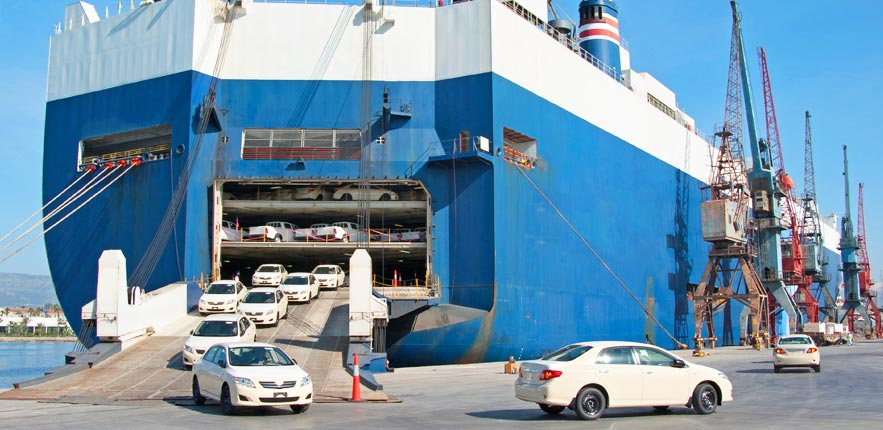i am actually trying to imitate the automobile terminal car shipping process.

above figure is how it looks like.
so i want to basically model a car travelling process to the certain destination ,and see how long it takes. The reason why i am using the simulation program is i wanted to visualize 7352 cars shipping process. Also, some detailed processes are involved not only car movement like people boarding on a car.
is there any way i can approach such modeling with flexsim 19 version? please help
